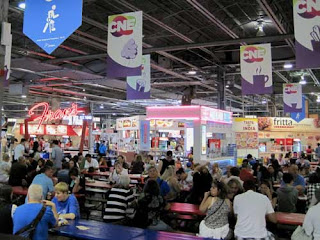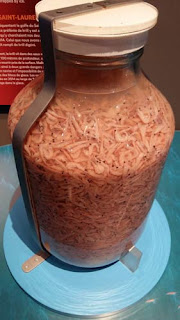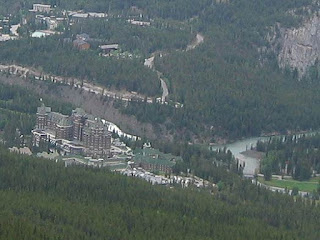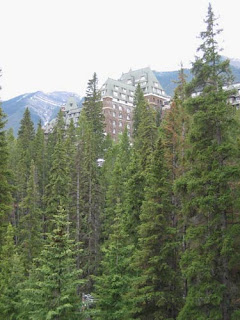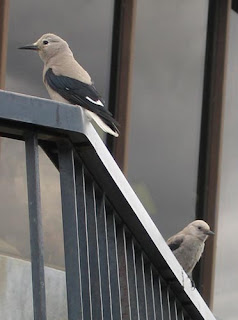Location: Toronto, Ontario, Canada
Address: 210 Princes' Blvd.
Date: August 2013
Website: theex.com
The Canadian National Exhibition (C.N.E.) is one of the largest fairs in North America. It started in 1879 as the Toronto Industrial Exhibition and later the name was changed. The C.N.E. only runs for 18 days each August until Labour Day weekend where it finishes off with the air show. It is a great place for rides, food, music, shopping, farm animals and entertainment. We almost never miss making a visit to the fair each year. Below are some of our favourite things from The Ex.
The Princes' Gates
If you enter the fair from the east side, these gates welcome you. Princes' Blvd. starts at the gates and then cuts right through the center of the C.N.E. grounds. (Read More)
CNE Midway
The Midway fills Princes' Blvd. with food stands and rides. You can use the Sky Ride cable car to get a birds eye view of it all or you can choose to join the crowd eating gooey, drippy treats and then trying to hold them down while getting spun around on classic rides such as the Polar Express.
The Food Building
If you have not had enough to eat after leaving the Midway, you can always make your way over to the Food Building. Here you will find rows and rows of food vendors ready to please any taste buds.
The Farm
The Farm building has your usual farm animals such as sheep, cows, horses, pigs and more. It also has a large refrigerated container full of a collection of butter sculptures.
There are often more unusual animals such as ostrich or alpacas. The alpaca above had been freshly sheared and was rocking his new hairstyle.
Rock Balancing
Speaking of rocks. Daryl Maddeaux has been defying gravity at the C.N.E. for almost two decades. Somehow he manages to build towers from rocks of varying shapes and sizes. Read More
Sand Sculptures
If sculptures of butter are not enough for you, there are usually giant sand sculptures as well. Star Wars and Star Trek have been featured in recent years along with other creations such as this woman riding a tired rhinoceros.
Agriculture
Who has the best tomatoes? The Exhibition also features agricultural competitions. In 2013 the best tomatoes were these pictured above.
Performances
There are always daily shows happening all around the C.N.E. The hard part is planning your day to fit them all in. The SuperDogs show is always popular as various breeds compete in obstacle course races. Other acts such as the Flying Wallendas risk it all to entertain the crowds.
Mardi Gras Parade
Near the end of the day a Mardi Gras parade passes through the grounds with floats and music. People scramble to collect the Mardi Gras beads tossed from the floats.
Canadian International Air Show
The last weekend of The Ex sees the Air Show come to town. CF-18 Hornets rip through the sky and a sonic wave follows behind them turning heads. The whole thing wraps up with the acrobatic formations of the Snowbirds.
Let's go to The Ex. Oh Baby!
Map of Our World
 Canadian National Exhibition , CNE Midway
Canadian National Exhibition , CNE Midway Princes' Gates
Princes' Gates CNE (Better Living Center)
CNE (Better Living Center) CNE Food Building
CNE Food Building
Post # 187



